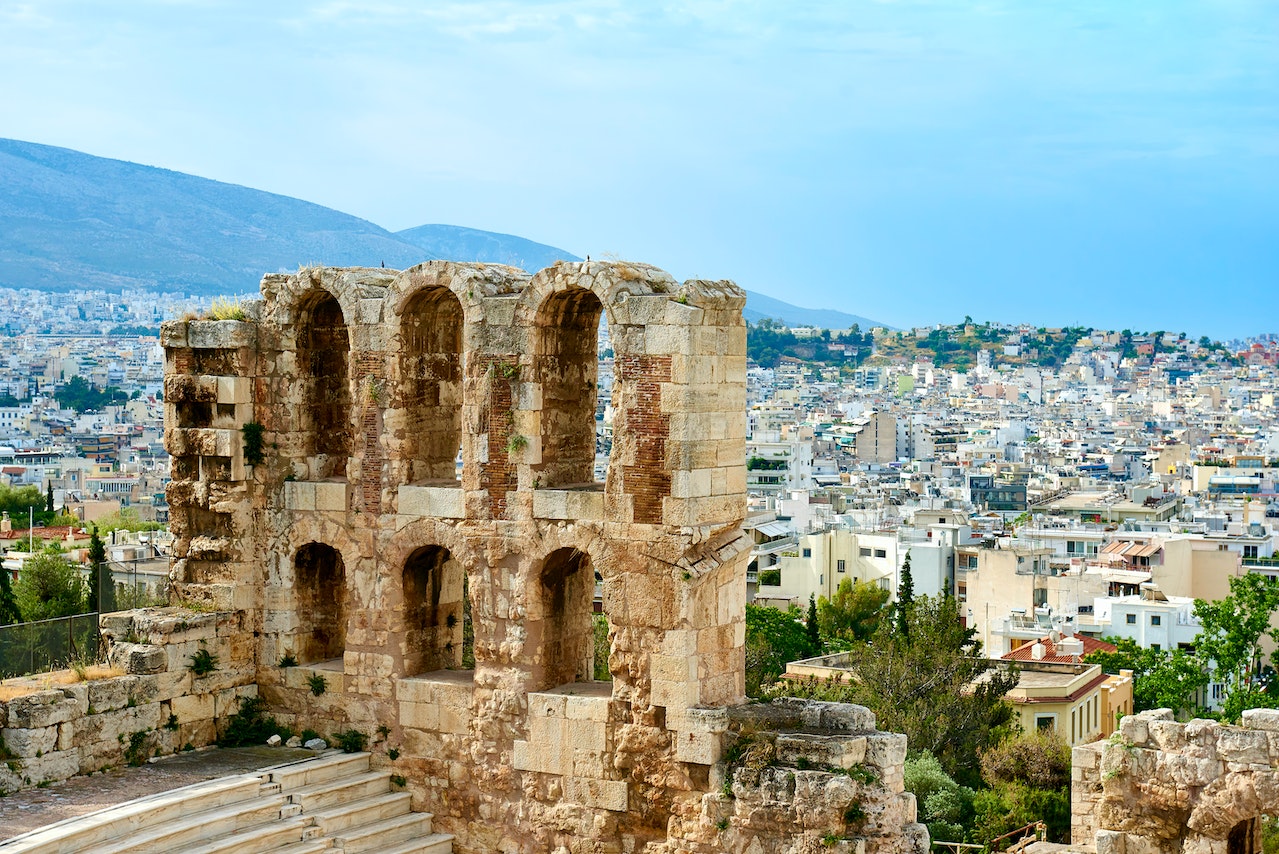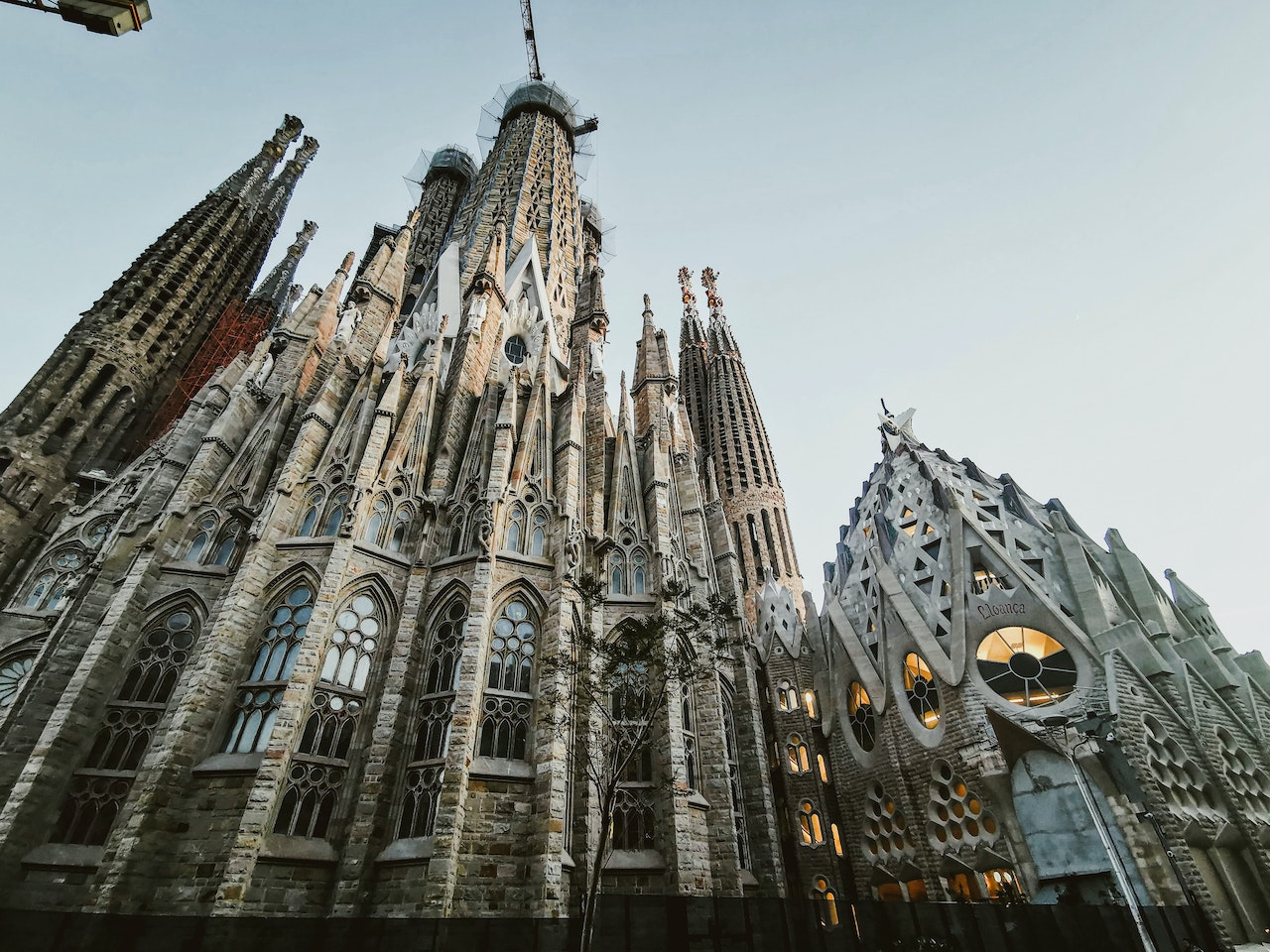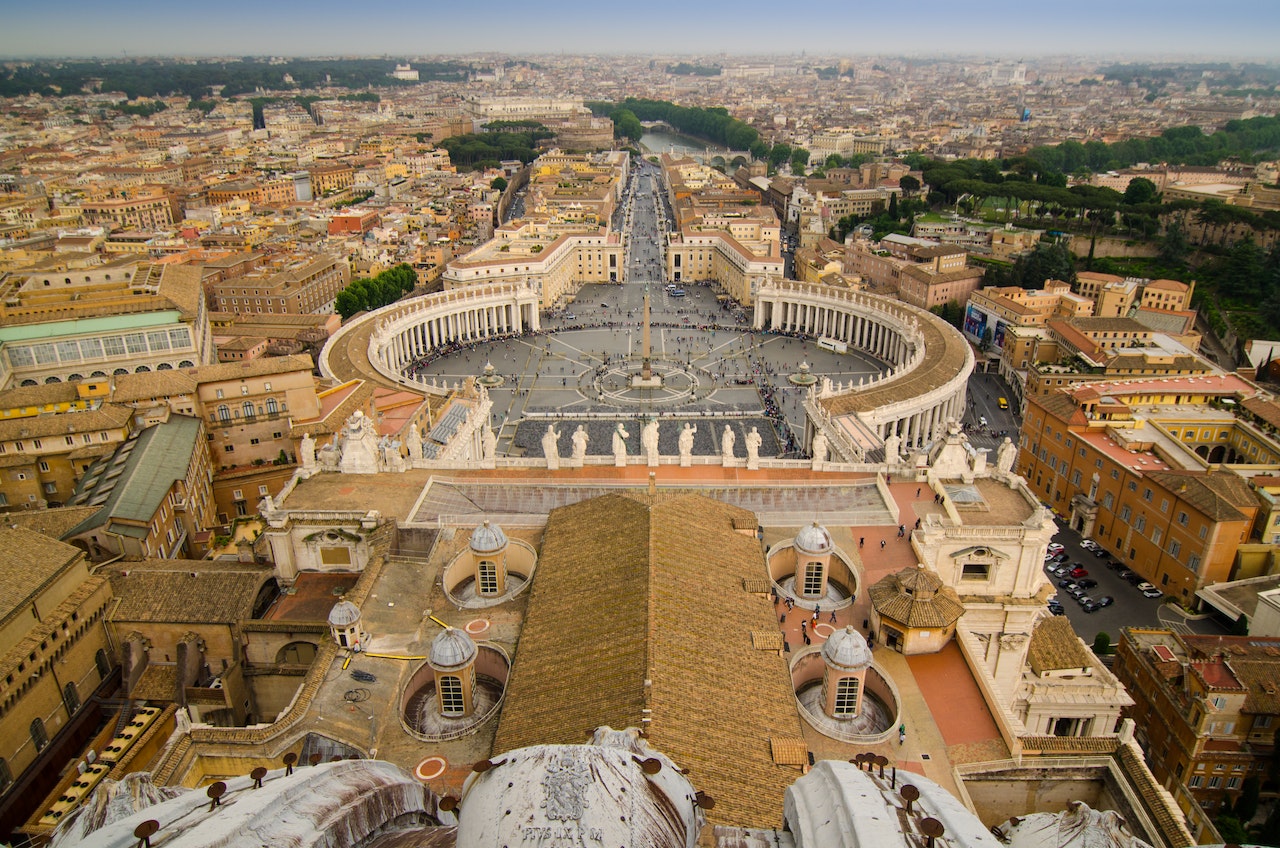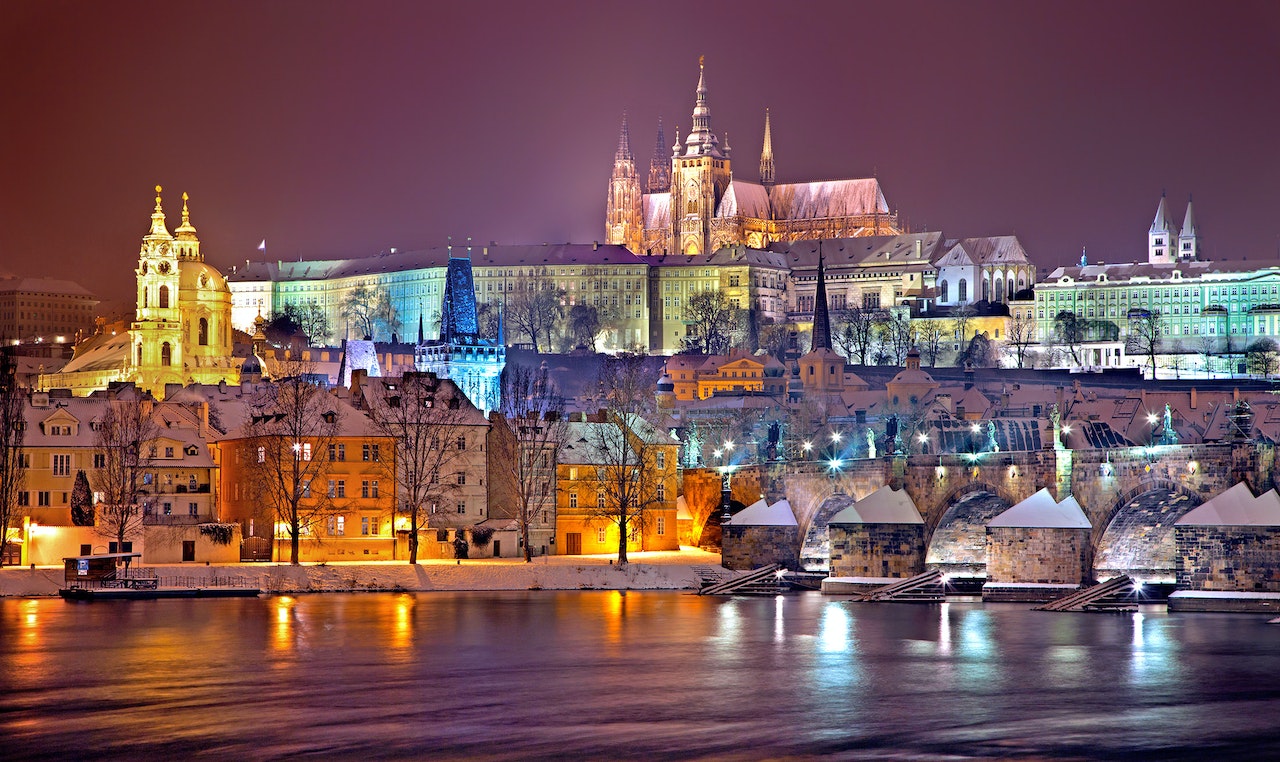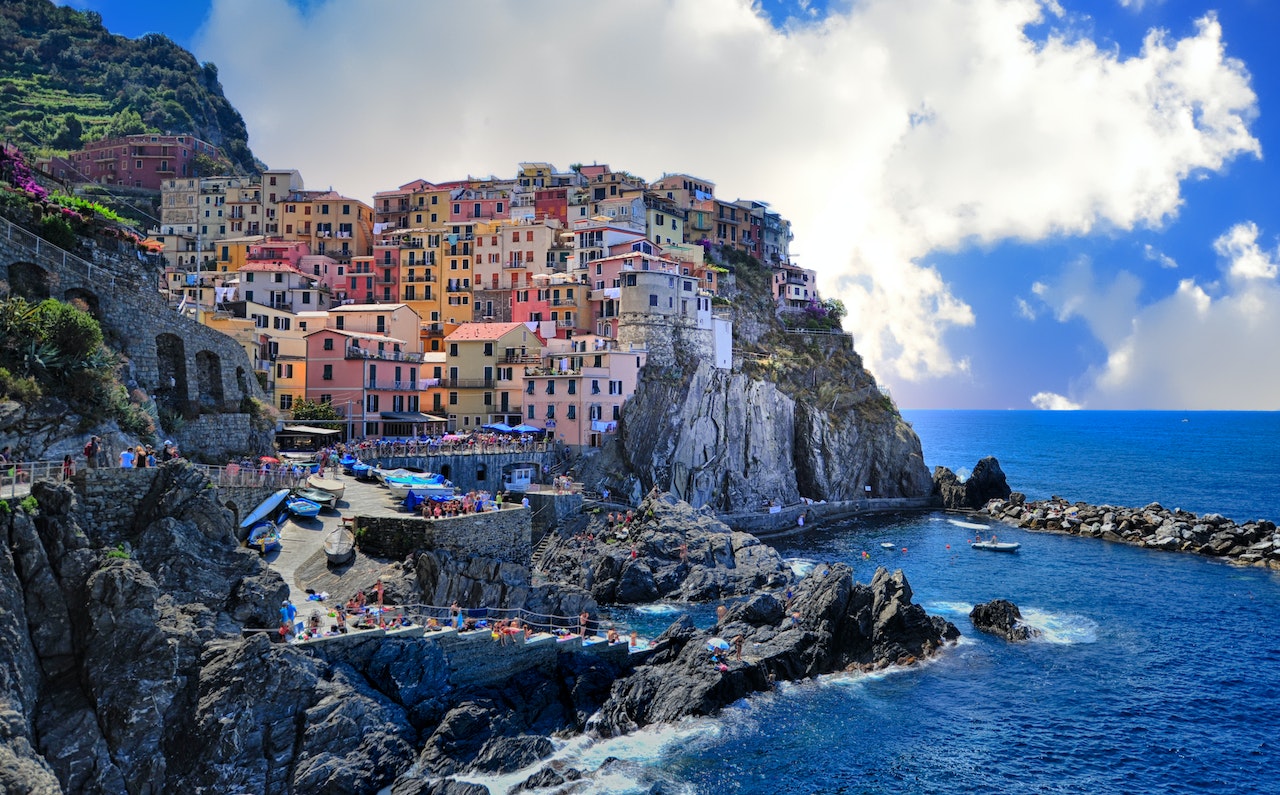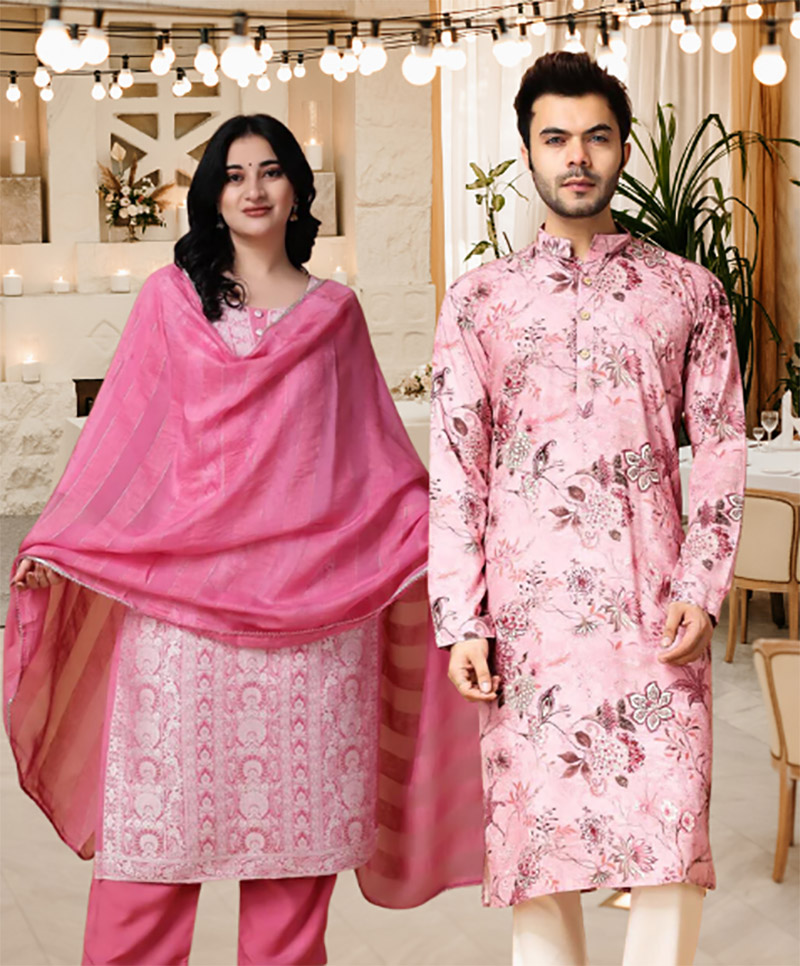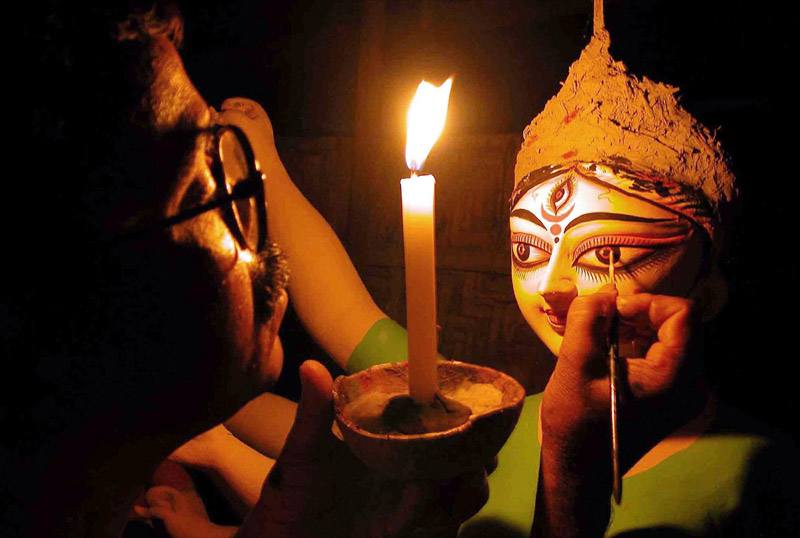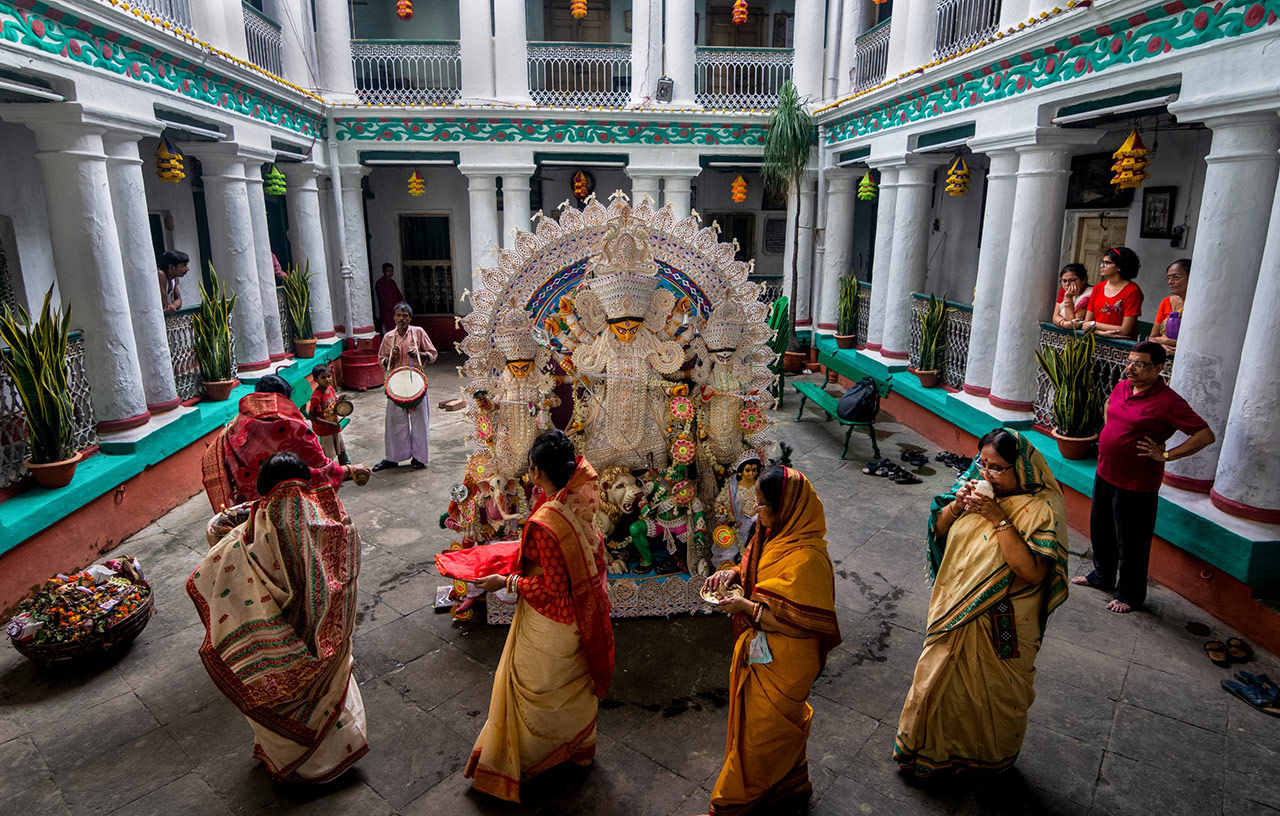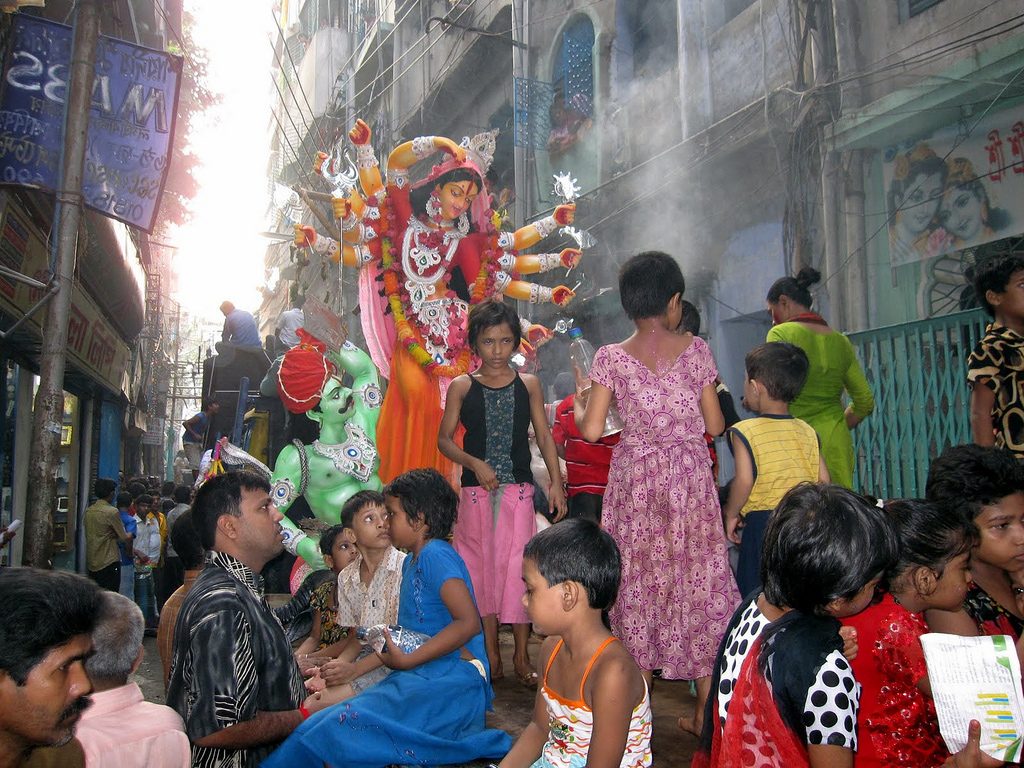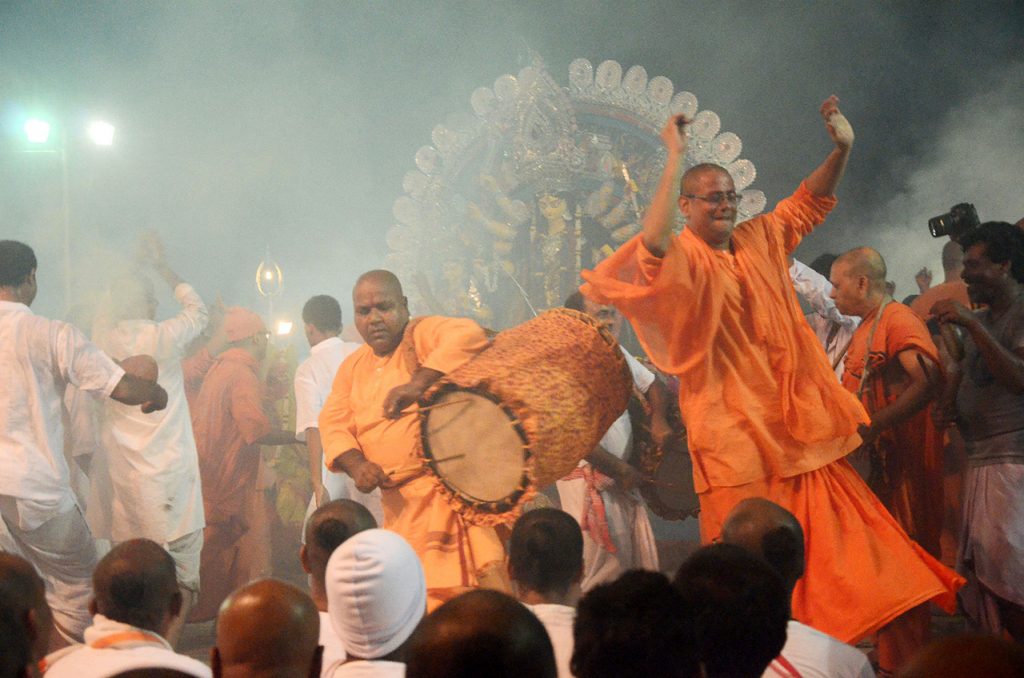
Each year, billions of plastic laundry detergent bottles and jugs are tossed in the trash while harsh chemical runoff pollutes waterways. The substantial carbon emissions from transporting all that liquid also add to the environmental impact. But what if there was a simpler, greener way to wash our clothes? Enter the laundry strip. These paper-thin, plant-based sheets contain an ultra-concentrated dose of detergent and dissolve completely in the wash. As more consumers seek sustainability, laundry strips may soon render heavy liquid detergent bottles obsolete.
Dissolving laundry strips offer a convenient, mess-free alternative to conventional powder and liquid detergents. With benefits like reduced plastic waste, lower carbon emissions, and preventing overuse of detergent, these innovative sheets could make laundry far more eco-friendly. Homeowners seeking to lighten their environmental footprint may find laundry strips provide a simple switch to meaningful sustainability.
Problems with Conventional Laundry Detergents
Traditional laundry detergents come packaged in weighty plastic containers, averaging about 50 ounces for liquid varieties. The household does around 300 loads of laundry annually, so detergent bottles produce tremendous plastic waste. Most of these containers end up in landfills, taking centuries to biodegrade. Some detergent jugs get recycled but still contribute to plastic pollution. All this unnecessary plastic packaging has major environmental costs.
Heavy detergent bottles make it easy to accidentally over-pour each load. Excess detergent then washes down the drain, polluting lakes and rivers with chemicals and nutrients that harm ecosystems. Water quality researchers say overdosing on laundry contributes to chemical runoff, creating toxic algal blooms. Preventing detergent overuse is key to sustainability.
Conventional laundry formulas contain many synthetic chemicals linked to environmental issues. Components like chlorine bleach, phosphates, ammonia, and synthetic fragrances get flushed out in wastewater. These compounds damage aquatic life and disrupt natural ecosystems. Eco-friendly alternatives are needed to protect waterways.
Many detergent components, like palm oil derivatives or synthetic fragrances, have large carbon footprints before reaching the consumer. Sourcing palm oil drives deforestation, while many perfumes rely on petrochemicals. The laundry industry must find ways to source ingredients more sustainably.
Bottles and jugs require lots of fuel to ship compared to their actual cleaning ingredients. One study found over 80% of liquid detergent is water, bulked up unnecessarily for appearance. A few spoonfuls of concentrated detergent can effectively clean a whole load. By transporting only active ingredients, brands can vastly lower emissions.
Explaining Laundry Strips
Rather than packaged in plastic, laundry strips are thin sheets made from plant-based materials designed to dissolve. Common materials include cotton, cellulose, and corn or sugar starch polymers layered to create a sturdy film. These fully biodegradable materials quickly break down when activated by water and agitation in the wash cycle.
The dissolvable sheet design allows laundry strips to be incredibly thin and space-efficient. Each flat sheet is roughly the size of a standard sticky note, with thickness ranging from paper to tissue. This compact size means boxes of strips generate far less packaging waste than detergent bottles. Portability also improves since the strips are lightweight.
Laundry strips fully dissolve during the wash process to release their concentrated detergent. Hot water, agitation, and water chemistry help break down the natural fibers within minutes. The dissolved ingredients then permeate fabrics evenly while activating sudsing agents. Nothing remains at the end except clean clothes.
Despite their tiny size, laundry strips are highly concentrated and pack enough detergent for an entire load. Advanced production methods and technologies allow detergent ingredients to be distilled into a solid dissolvable form. Some strips also include oxy cleaners, fabric softeners, and whitening agents.
Individual strips come pre-measured with the ideal amount of detergent for each load based on the machine size. This prevents underdosing, which leaves clothes dirty, or overdosing, which wastes detergent. Just toss in one strip, and no mess or measuring is required. Proper dosing also enhances sustainability.
With their ultra-compact design, laundry strips are far less resource-intensive to transport than traditional bottled detergents. Boxes of strips weigh a fraction of bulky plastic jugs, allowing more product transported per pallet. The lightweight nature cuts fuel usage and carbon emissions to get strips to retailers, benefiting the environment.
Benefits of Strips for Sustainability
Swapping heavy detergent jugs for dissolvable strips would prevent billions of pounds of plastic from being produced annually for laundry. Since strips come in cardboard boxes, they avoid single-use plastics entirely. For the eco-conscious home, this change slashes plastic waste into landfills. The natural materials in strips also fully biodegrade if discarded.
Many laundry strip brands use plant-derived ingredients from responsibly sourced suppliers. Plant oils, coconut derivatives, essential oils, and mineral powders have lower environmental impacts. Consumers can feel assured strips don’t drive deforestation or use harsh petrochemicals in production.
Using less detergent with a laundry strip system is practically impossible. Each pre-measured sheet contains just the right concentration to clean effectively. Without excess sudsing agents swirling down drains, strips prevent water pollution and protect ecosystems. Less detergent consumed also means lower production impacts.
Laundry strips greatly reduce the environmental footprint of shipping detergent since they are over 90% smaller in volume than bottled detergent. This means substantial carbon emission savings from transportation at every stage – from factory to warehouse to retailer. Strips offer a simple switch for consumers seeking to lower their carbon impacts.
Most laundry strip ingredients are plant-derived and biodegradable, making them gentler on the skin and the earth than conventional formulas with added dyes, synthetics, and toxins. Dermatologists often recommend strips for sensitive skin. Their safe ingredients also minimize harm to waterways and microorganisms when washed down drains.
Future Outlook
If dissolved laundry strips were adopted at scale, experts estimate over 90% reductions in packaging waste and detergent transportation emissions are achievable. This change in consumer behavior and industry standards could massively lower the footprint of doing laundry. Transitioning to strips provides one of the simplest paths to more sustainable laundering.
Several environmentally-focused brands are at the forefront of popularizing laundry strips and developing next-gen products. Companies like Tru Earth, Smol, and Nest Fragrances offer strips made from natural plant fibers that dissolve completely plastic-free. Expect more consumer product companies to release eco-friendly laundry strips as demand grows.
Market researchers predict that the global laundry strips segment will grow at a CAGR of over 5% from 2022 to 2030 as sustainable habits become mainstream. Consumer surveys reveal over 75% would switch to plastic-free, concentrated strips for environmental reasons. Machine manufacturers are also designing washers and detergents to work in tandem for maximum dissolving effectiveness. Laundry strips are poised to become the new norm.
Conclusion
Laundry strips provide a convenient solution that eliminates plastic waste, prevents water pollution, reduces transportation emissions, and pushes the industry towards plant-based ingredients. As consumers learn about their benefits for the planet, strips have the potential to transform how we wash clothes and advance sustainability fundamentally.
Rethinking laundry detergent offers a big impact for homeowners seeking easy ways to lighten their environmental footprint. By switching to dissolving paper strips, you can avoid unnecessary plastic waste while still getting the superior clean you expect. Let’s make laundry strips the new load-saving standard.









